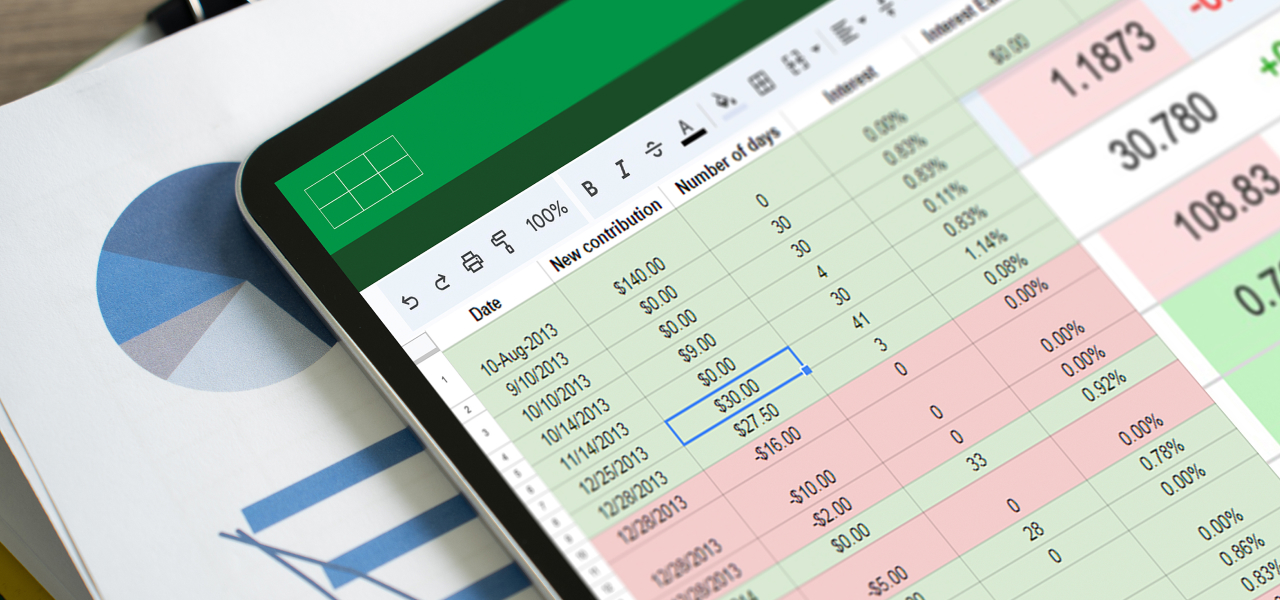Speed is the defining currency in fund operations, but that simple fact takes on new weight when settlement windows shrink to T+1 and investors expect quarterly statements within forty-five days of quarter-end. A pricing error that would once have sat unnoticed overnight can now distort funding decisions before London even wakes. Fund administrators who shadow their official books in real time do so because the gap between trade execution and validated valuation is now measured in minutes, and any gap at all invites basis risk, financing friction, and reputational questions.
Real-time NAV shadow accounting is therefore less a competitive edge than an operational prerequisite. It keeps the manager’s view and the administrator’s book aligned while positions, cash, and collateral are still mobile enough to adjust. Intraday hedges, variation-margin calls, and investor enquiries all draw on numbers that have been reconciled against the external record rather than inferred from yesterday’s close. The discipline also reduces the window in which a mis-mapped Sedol, a late custodian file, or an out-of-sync pricing feed can propagate into downstream reports.
Yet compressing the cycle exposes structural weak spots that only experienced practitioners notice. Latency hides in broker APIs that update in bursts instead of streams. Identifier mismatches grow exponentially once private credit and digital assets share the same portfolio. Exception backlogs surge when analysts spend more time triaging low-value breaks than closing the few that actually move NAV. A real-time regime demands a reconciliation loop that runs continuously, ranks breaks by materiality, and records root causes so matching rules improve rather than ossify.
Continuous accounting—turning the general ledger into a live feed
The only durable way to hold a shadow ledger in lock-step with the administrator’s book is to abolish the notion of “day-end” altogether. Continuous accounting does that by treating the general ledger as a streaming data store rather than a batch repository. Each event—trade fill, coupon, FX settlement, price tick—lands in the same multi-dimensional ledger within seconds of execution. Allocation logic fires on arrival, valuation rules apply immediately, and the NAV engine sits on top as a standing query rather than a timer-driven batch job.

Once posting is atomic and time-stamped to the millisecond, the traditional boundaries between primary and shadow records begin to blur. The shadow view is no longer a nightly import that tries to catch up; it is a real-time mirror fed by the same event stream. Disagreements emerge not because one set of books is stale, but because a feed is missing, a security code is unmapped, or an exception handler is stuck. In other words, reconciliation shifts from calendar management to data integrity—exactly where seasoned operations teams want the fight, because integrity errors surface instantly and can be fixed before collateral calls or performance packs embed them.
Measuring a ledger that never sleeps
A live ledger calls for live controls. Posting latency—how long it takes an event to settle into both books—becomes the chief early-warning signal. Sub-minute latency keeps exposure dashboards honest; anything longer suggests a feed outage or a mapping stall. Break half-life follows close behind: an unresolved mismatch that survives more than a trading hour is already distorting risk and funding numbers. And because valuations are only as fresh as their inputs, pricing staleness is tracked in real time; if a data source lags the market beyond a tight tolerance the distribution pipeline locks until the gap closes or a fallback kicks in.

These metrics work because they are wired straight into the posting fabric. Each breach triggers an automated checkpoint—freeze the portal snapshot, raise an operations ticket, escalate if the clock keeps running. The goal is not zero breaks; it is the shortest possible interval between break creation and break extinction, a discipline that keeps the shadow/official alignment intact even when volumes spike or assets get exotic.
Closing the loop
When continuous accounting, live metrics, and disciplined escalation converge, real-time NAV stops being an aspiration and becomes infrastructure. Portfolio, cash, and investor ledgers all point to the same, continuously validated numbers; the administrator’s feeds confirm rather than correct them; and any divergence is surfaced swiftly enough to prevent a paper cut from turning into a wound.
That is the operational edge of real-time shadow accounting: decisions rest on present-tense reality, auditors trace every figure to an immutable source, and the firm trades basis-point risk for data-point precision—minute after minute, trade after trade.








